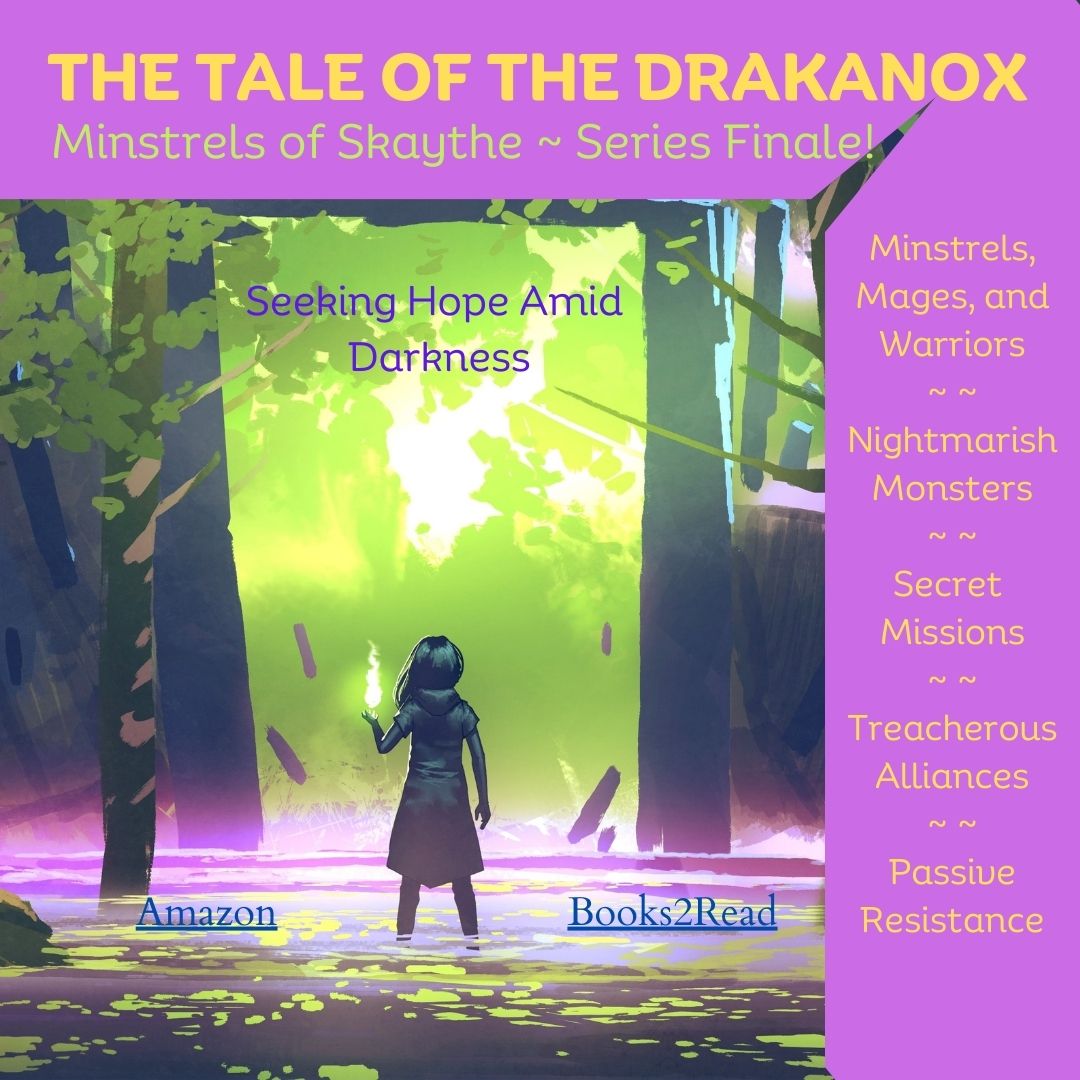One aspect of gaming that can be very useful for writers is statistics. Various games have different ways of quantifying things, but all of them make you think about your characters in a practical way. What, exactly, are these people capable of?
For instance, if “intelligence” is a characteristic, measured on a scale from 1 to 20, where does your character fall? Are they an 9, about average intelligence, or are they a 21 that exceeds normal bounds? This can have a lot to do with how they relate to the rest of the cast. And, let’s be honest, 90% of storytelling is not about the world-building or the plot, but about relationships between characters.
Anyway, there are also ways to specify what skills and powers your character has. Especially if you have a team working together, you want to have a balance of abilities between them. Even if it’s a group, like a squad of soldiers with common training, one of them might be the radio operator and one of them might handle a heavier weapon.
Come to that, what about their gear? Does anyone have a special magical or technological item that sets them apart? Thinking in terms of game stats can help you get a handle on what the characters can realistically do. (I know, we’re all SF and fantasy writers, so what’s realistic can be a bit slippery.)
This isn’t something I do myself, but one of my friends had to write a complex battle scene with multiple characters on several sides. She helped herself visualize the scene by creating the characters and playing out the battle in her favorite role-playing system.
There’s more to say about this, so check back with me next Wednesday.
Have you read one of my books? Then it would be great for you to leave a review! Meanwhile, if you’d like to learn more about me and my work, check out my website, Bluesky, Facebook, Pinterest, or Instagram.

I’ve never been a gamer, but I can understand the story-telling, immersive appeal.
p.s. Your story in Time Capsules is so good! The atmosphere is creepy and rich (you could totally write an awesome Gothic ghost story).
I LOVE THAT! But to tell the truth, the prompt was so odd that I just went with a tongue-in-cheek approach. So glad the story worked for you.
Coincidentally, I’m getting ready to do some playtesting of a new roleplaying supplement where I’ll be doing a battle scene with multiple characters–although mine will only involve two sides.
“I know, we’re all SF and fantasy writers, so what’s realistic can be a bit slippery.”
In my theatre studies, I was taught a distinction between “realistic” and “believable.” I don’t know how common that terminology distinction is, but I’ve found it very helpful.
“Realistic” deals with something that could really happen.
“Believable” deals with something that may or may not be realistic, but that the audience/reader will accept.
For example, a man fires a gun and the bullet flies through the air and hits a woman is realistic. A man leaps from the ground and flies through the air faster than that bullet and catches it before it can hit the woman is not realistic, but it’s believable–if it’s done by Superman.
On the other hand, Star Trek’s Spock suddenly doing a happy dance just because he feels in the mood is realistic, but not believable–without a really good explanation.
“Believability” has to do with consistency in terms of the world and the characters.
P.S. Is Time Capsules available in pdf or another form that doesn’t involve a printed book? I have many more printed books than I have shelf space, so many of my books are packed away in boxes. For that reason, I generally avoid buying printed books.
Alas, the formats it shows are the available ones. Maybe there’s a pulldown menu where you can select pdf format?
That’s a great way of comparing characters and gear. Hadn’t even occurred to me.